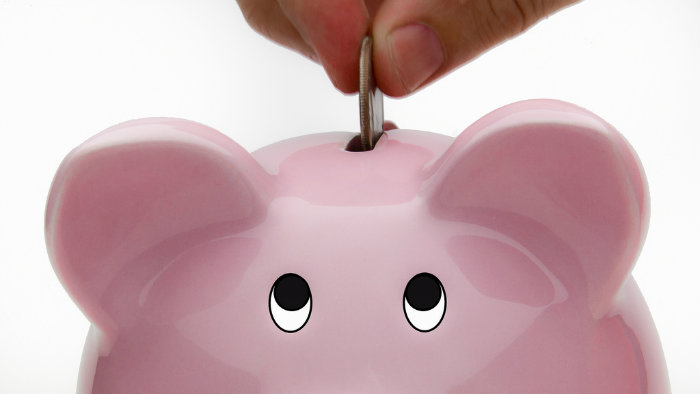In this article, I’ll be discussing dividend-reinvestment plans (also known as DRIPs) and the potential benefits and risks associated with these plans for investors considering implementing a DRIP for a particular stock in their portfolio.
What is a DRIP?
A DRIP is a tool provided by specific stocks which allows investors to reinvest the dividends received by a given stock directly back into the stock itself, usually allowing for partial shares to be purchased to replace the cash that would have been received by the investor from the dividend.
Investors who own stocks that have a DRIP essentially have the option to receive their dividends from their investment in cash or in additional shares of said stock.
How do DRIPs work?
To enroll in a DRIP, an investor must first be trading on a platform that allows for DRIP transactions. Each platform operates differently, and investors should consult with their financial advisor to learn if and how a DRIP works with their given platform.
With a dividend reinvestment play, shares in a DRIP-compliant stock are essentially reinvested immediately into the stock you already own, resulting in a larger number of shares at your existing cost base. Investors typically have the option of selecting whether they would like to be fully enrolled or partially enrolled in the DRIP; partially enrolled refers to some mix of cash and stock received as compensation for the dividend. In order for the dividends to be reinvested, the investor must be enrolled in the DRIP before the stock’s dividend-record date.
The ability for capital appreciation with a given growth stock to compound over time can be significant, and for a long-term investor it can be very advantageous, as most DRIP plans have very low or nonexistent fees for each transaction. Trading fees add up over time, and not having to worry about paying $9.99 for a trade every month or every quarter can be very advantageous to a cost-conscious investor.
Should I take the cash or reinvest shares?
A common question many investors have is whether or not to use a DRIP with a given stock. Receiving a dividend in the form of cash is the most flexible option, and many people prefer choice over automation; however, receiving a dividend in the form of stock allows the investor to snowball a holding into a much larger holding over time without incurring trading costs, which can be very advantageous for a long-term investor.
One key thing to consider is the investment horizon for the stock in question. If this is a special situation play in which you believe the market has misplaced a stock, and you want to take advantage of the market mispricing, thereby liquidating your position within a year, it may make more sense to take the cash and reinvest the funds into another long-term name in your portfolio to take advantage of the compounding effect over a longer period of time.
If, however, this stock happens to be one of your core long-term holdings, and you wish to add shares over a long period of time, having the DRIP continuously adding to your position over time is a convenient and sure way to increase exposure and add a form of dollar-cost-averaging into a given stock.
Bottom line
An example of a company that long-term investors can benefit substantially with a DRIP would be Algonquin Power & Utilities Corp. (TSX:AQN)(NYSE:AQN). Algonquin is a strong dividend name with assets that stand to provide investors with stable and growing dividends over the long term.
Be aware of any tax implications of the DRIP program you are considering and consider if this DRIP will fit within your investment time horizon.
Stay Foolish, my friends.








